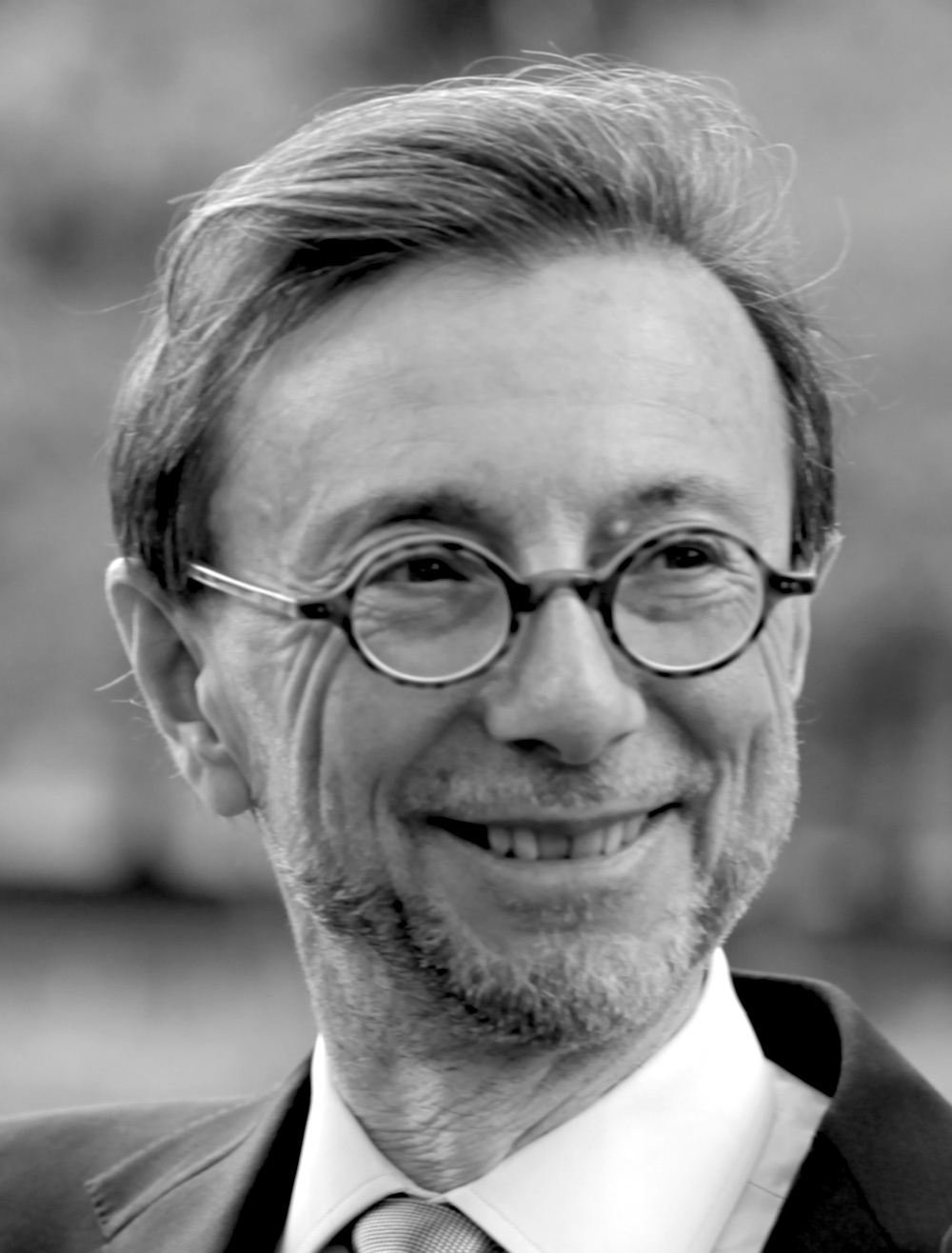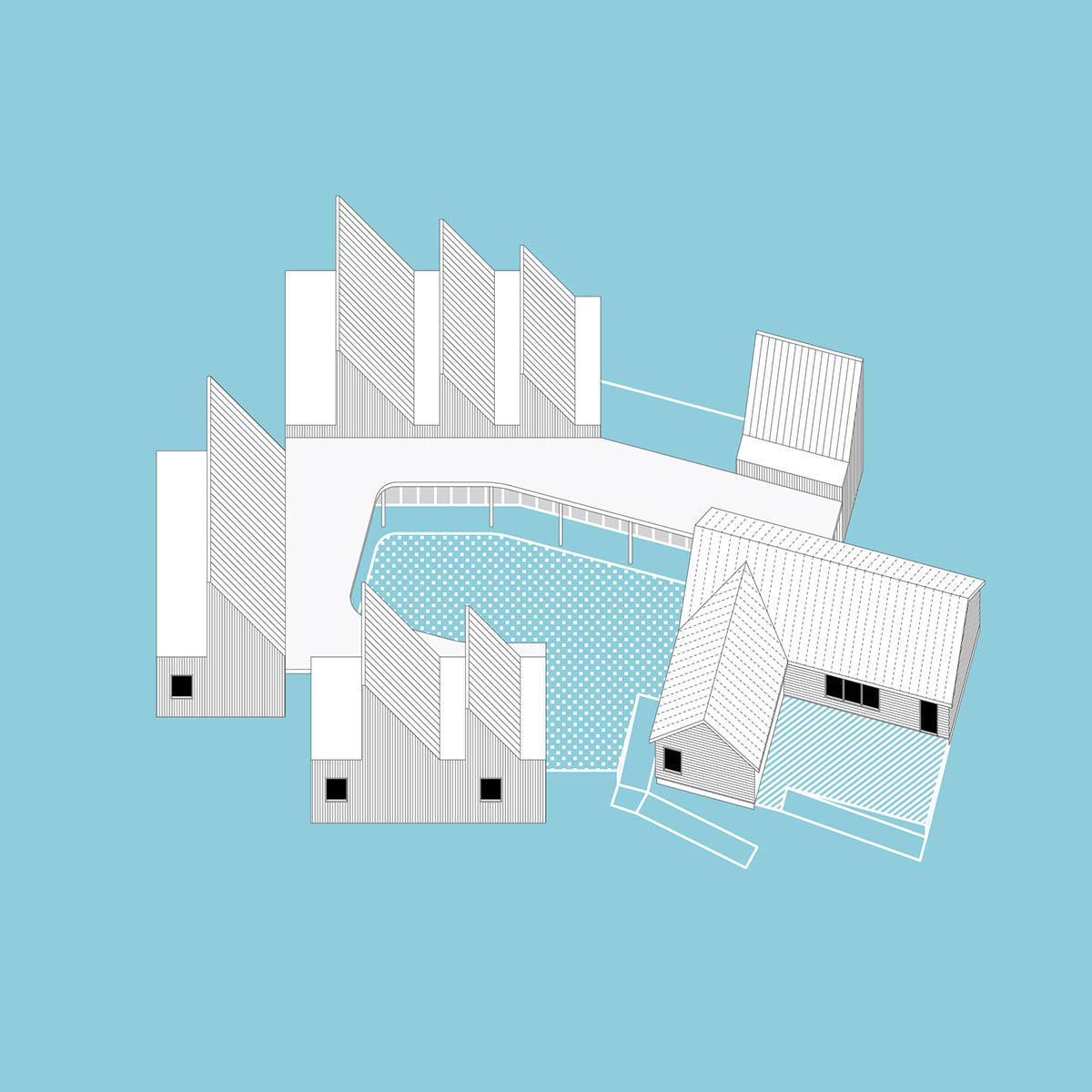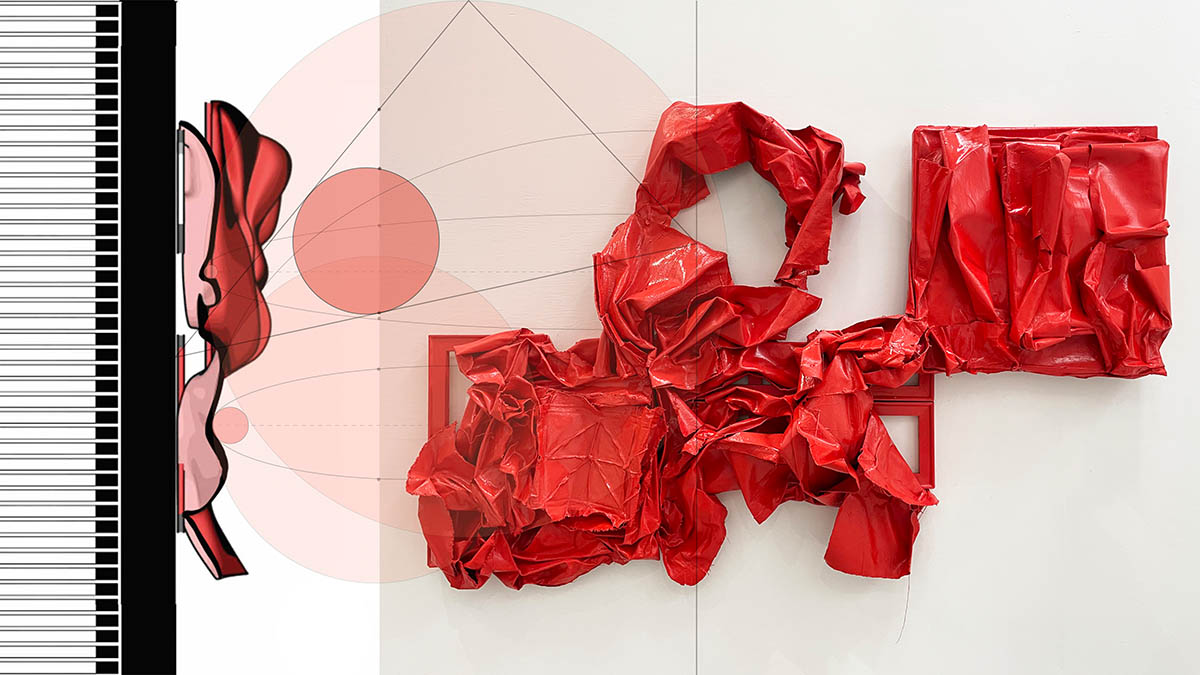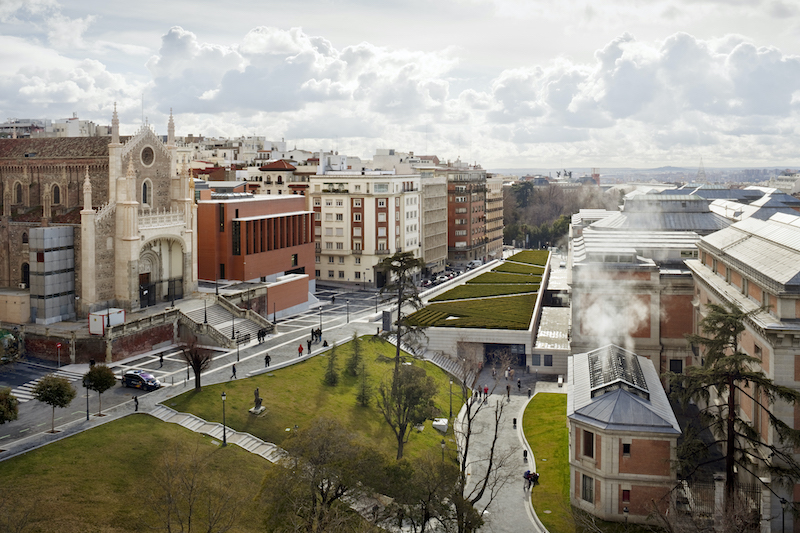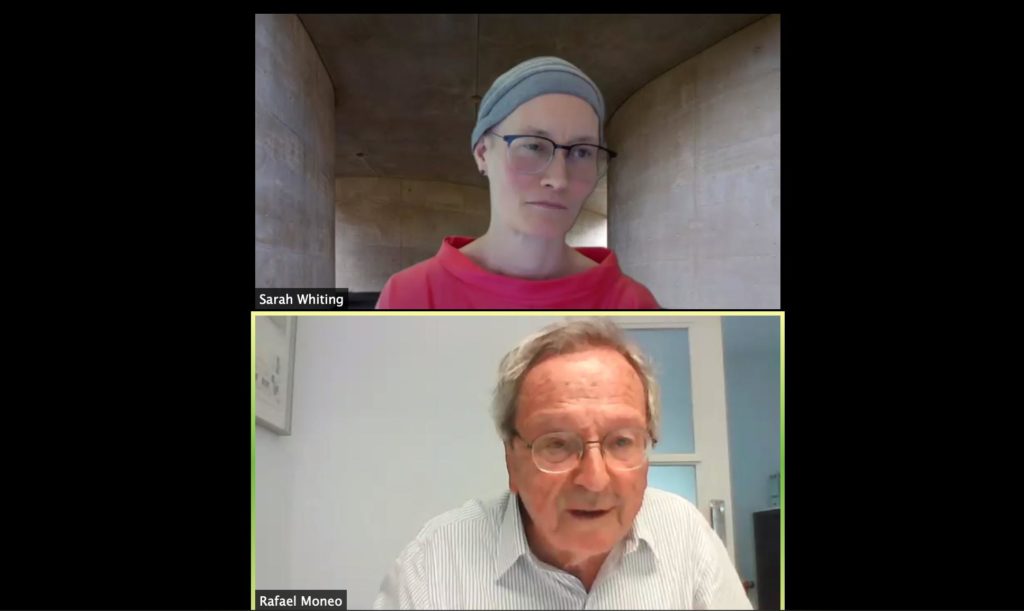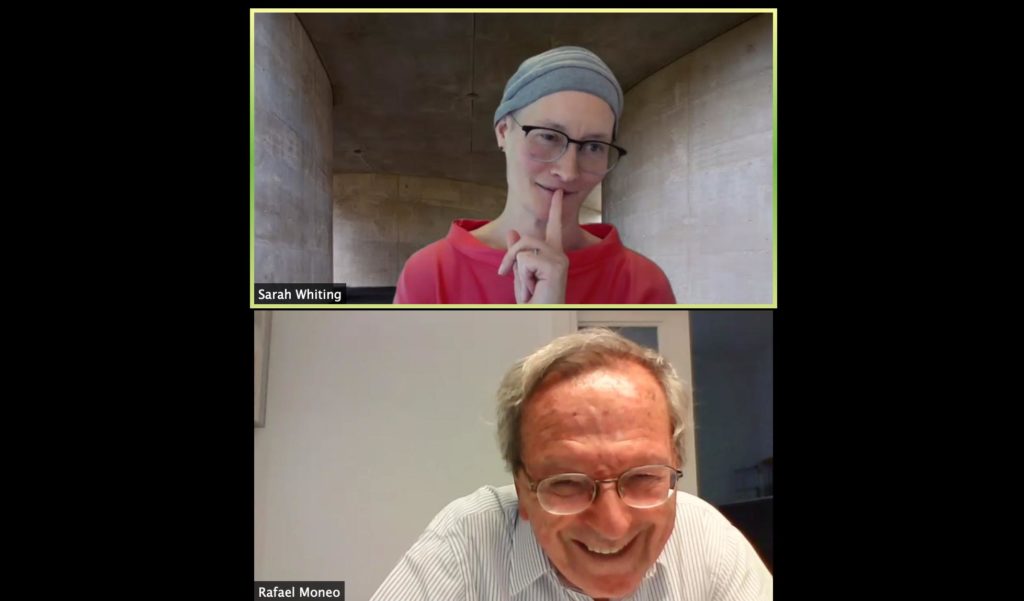Kengo Kuma, “Return to Nature”
Please RSVP to receive reminders about the event.
Event Description
Architecture must bridge the gap between human life and the natural environment, an ethos deeply ingrained in Kengo Kuma’s philosophy. Kuma prioritizes harmony with surroundings, using materials like wood and stone that are not only sustainable but also evoke warmth and intimacy. This approach reconnects people with nature while redefining the boundaries of urban spaces. Throughout Kuma’s projects, such as the Japan National Stadium and V&A Dundee in Scotland, Kuma has challenged modernist trends that overemphasize industrial materials like concrete. Instead, he advocates for lightness, transparency, and adaptability—values rooted in Japanese traditions that are also universally resonant.
Kuma pursues “openness and intimacy” in his designs, promoting structures that welcome their surroundings rather than dominate them. By combining traditional craftsmanship with modern technology, architecture can evolve into spaces that respect both cultural heritage and ecological systems.
In this lecture, Kuma invites architects, designers, and students to reconsider their roles in fostering a symbiotic relationship with nature. Together, we can craft a future where urban landscapes complement their natural contexts rather than compete with them.
Speaker
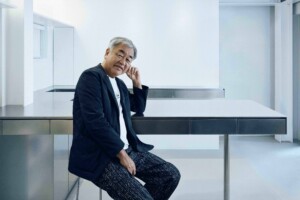
Kengo Kuma was born in 1954. He proposes architecture that opens up new relationships between nature, technology, and human beings, and established Kengo Kuma & Associates (KKAA) in 1990. The firm currently has projects underway in more than 50 countries. Kuma is a University Professor and Professor Emeritus at the University of Tokyo, after teaching at Keio University. His major publications include Kengo Kuma Onomatopoeia Architecture Grounding (X-Knowledge), Nihon no Kenchiku (Architecture of Japan, Iwanami Shoten), Zen Shigoto (Kengo Kuma,Complete Works, Daiwa Shobo), Ten Sen Men (Point Line Plane, Iwanami Shoten), Makeru Kenchiku (Architecture of Defeat, Iwanami Shoten), Shizen na Kenchiku (Natural Architecture, Iwanami Shinsho), Chii-sana Kenchiku (Small Architecture, Iwanami Shinsho), and many others.
Mario Carpo, “Generative AI, Imitation, Style, and the Eternal Return of Precedent”
Event Description
Generative AI does not create new images out of thin air; it generates images that have a “certain something” in common with a selection of images we have fed into it. This selection, often called a “dataset,” can be generic or custom-made; either way, Generative AI automates the imitation and replication of some of its common visual features, often known in the past as styles. Imitation was for centuries the backbone of the classical tradition in European art, and it was de facto banned by 20th-century modernism for many good reasons. As the rise of Generative AI is bringing the practice of imitation back to our design schools and to the design professions, we urgently need to learn again what imitation is, how it works, what it does, and how we can deal with it today, in critical and creative terms. Every dataset is a canon, but every reference to precedent is based on preference, and we know all too well that preference is often a proxy for prejudice.
Speaker
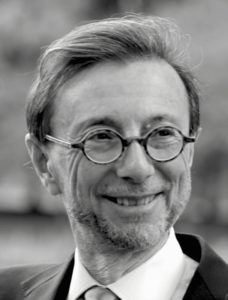
Reyner Banham Professor of Architectural Theory and History, the Bartlett School of Architecture, UCL London; Professor of Architectural Theory at Die Angewandte (University of Applied Arts), Vienna (emeritus).
Mario Carpo was the Head of the Study Centre at the Canadian Centre for Architecture in Montréal from 2002 to 2006, Vincent Scully Visiting Professor of Architectural History at the Yale School of Architecture from 2010 to 2014 and in 2017, Senior Scholar in Residence at the Getty Research Institute (2000-2001); Resident at the American Academy in Rome (2004); Guggenheim Fellow (2022-2023); etc.
Mr. Carpo’s research and publications focus on the history of early modern architecture and on the theory and criticism of contemporary design and technology. His award-winning Architecture in the Age of Printing (MIT Press, 2001) has been translated into several languages. His most recent books are The Alphabet and the Algorithm (2011); The Second Digital Turn: Design Beyond Intelligence (2017); and Beyond Digital: Design and Automation at the End of Modernity (2023), all published by the MIT Press.
Stan Allen, “Situated Objects”
A recording of this event is available with audio description .
Event Description
Situated Objects , published in 2020, is a book of buildings, drawings and projects realized by Stan Allen since 2012. Well known for his essay “Field Conditions,” and for work at the scale of the city, these projects represent a complementary approach that addresses nature, the ex-urban landscape, design process and construction through a series of small-scale works on rural sites.
The book – and the lecture – argue that buildings are best understood as “situated” objects: object-like in that they have fixed limits and stand free; situated, in that buildings always exist in an intricate relationship to a larger context. A building does not end at its walls; it is a nexus in a complex field of social relations, ecological systems, cultural norms and local histories.
Woven into this presentation of recent work is a personal reflection on Allen’s time at the Cooper Union, and the influence of John Hejduk on his work and thinking.
Speaker
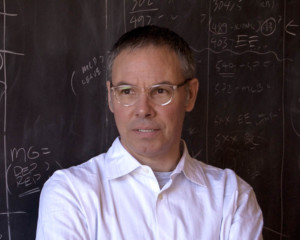
Stan Allen is an architect and George Dutton ’27 Professor of Architecture at Princeton University. His practice Stan Allen Architect has realized buildings and urban projects in the United States, South America and Asia. Responding to the contemporary city in creative ways, Allen has developed an extensive catalogue of innovative design strategies, in particular looking at field theory, landscape architecture and ecology as models to revitalize design practice. Parallel to this large-scale work he has recently completed a number of private houses and artist’s studios on rural sites in the Hudson River Valley. His architectural work is published in Points + Lines: Diagrams and Projects for the City and his essays in Practice: Architecture, Technique and Representation . The edited volume Landform Building: Architecture’s New Terrain was published by Lars Müller in 2011, and his most recent book is Situated Objects, published by Park Books in 2020. In 2009 he received the John Q. Hejduk Award, and in 2002, a President’s Citation for Exceptional Contributions to Architecture from the Cooper Union.
Anthony Titus, “Rupture and Reconciliations”
| Event Information |
|---|
| All are invited to watch and participate online in this program by tuning into this page at the noted start time. No pre-registration is required. Online audience members will be able to submit questions throughout the event using Vimeo’s Q&A function. If you would like to submit questions for the speaker in advance of the event, please click here.
Harvard ID holders are also welcome to attend programs in person, except where an event is listed as online only. Live captioning will be provided during this event livestream. Learn more about accessibility services at public programs. |
This event recording is also available to watch with audio description .
Event Description
The lecture will focus on the structure of Anthony Titus’s transdisciplinary practice of art and architecture. Titus will speak about a selection of several exhibitions, installations, and projects that span the past decade. Emphasis will be placed upon the processes and procedures as well as the final product of the works. Looking to explore and discover new possibilities between the spaces of architecture, sculpture, and painting Titus will share drawings, diagrams, models, and photographs of the projects. The conversation and exchange between these disciplines serves as a rich space of opportunity to enhance and expand our current understanding of space, form, color, and structure as participants in a larger cultural landscape.
Reference will be made to Titus’s architectural education at the Cooper Union for the Advancement of Science and Art, under the deanship of John Hejduk as well as his graduate education in painting at the University of Chicago. In addition to his independent studio work, Titus has served as an architectural educator for the past two decades and he will include a small selection of teaching work in dialogue with his studio practice.
Audience members who attend this event in its entirety may be eligible to receive continuing education credits from AIA. Please email [email protected] for more details.
Speaker
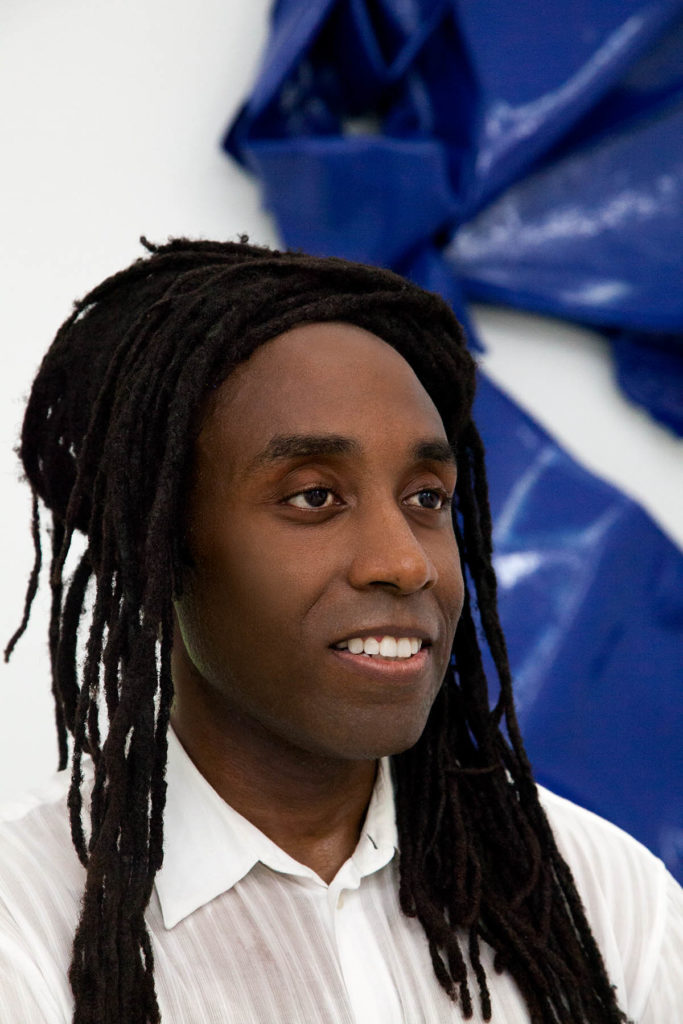
Anthony Titus Studio is an interdisciplinary practice that focuses on the relationships between contemporary art and architecture. Since its inception in 2005, the studio has produced numerous installations, objects as well as solo and group exhibitions in the United States and abroad. The practice has consistently explored the uniquely constructed spaces between architecture, painting and sculpture. Parallel to his independent practice, Titus has taught architecture and art since 2002. He is currently a tenured professor of architecture at Rensselaer Polytechnic Institute, and he is the recipient of a 2013 research grant from the Graham Foundation for Advanced Studies in the Fine Arts. The research project is titled Twisted Siblings: Relationships Between Contemporary Painting and Digital Architecture. His work has been exhibited and published widely and includes a current solo exhibition titled Ruptures and Reconciliations at ‘T’ Space in Rhinebeck, NY. He received his undergraduate degree in architecture from the Cooper Union for the Advancement of Science and Art, and a graduate degree in fine art from the University of Chicago.
Follow Anthony Titus Studio on Instagram .
Rafael Moneo with Sarah Whiting, “Learning Architecture”
The GSD is pleased to present a series of talks and webinars broadcast to our audiences via Zoom.
*This lecture will be ONLINE ONLY. For security reasons, virtual attendees must register. Scroll down to find complete instructions for how to register.
Event Description
What is it, to learn architecture? In a tribute to pioneering architect and educator, John Hejduk, Dean Sarah Whiting will interview Spanish architect Rafael Moneo about architectural pedagogy past, present, and future. Together, they will take up contemporary questions, examining shifts that have taken place in architectural pedagogy’s engagement of history, theory, and technology. In attempting to answer these questions, they will explore new experiments in the relationship between practice and teaching, including examples from Moneo’s own experiences. With both traditional models and contemporary departures in mind, Moneo and Whiting will speculate on future possibilities for architectural education.
Speaker
Rafael Moneo, AM ’85, was born in Tudela, Spain, in 1937. He graduated in 1961 from the Architecture School of Madrid. He was a professor in the Architecture Schools of Barcelona and Madrid, and he was appointed Chairman of the Architecture Department of the Harvard University Graduate School of Design, where he is now Emeritus Josep Lluis Sert Professor in Architecture.
Notable among Rafael Moneo’s works are the National Museum of Roman Art in Mérida, the Kursaal Auditorium and Congress Center in San Sebastián, the Museums of Modern Art and Architecture in Stockholm, Our Lady of the Angels Cathedral in Los Angeles and the Extension to the Prado Museum in Madrid.
He combines his professional activity with that as lecturer, critic and theoretician. His book Theoretical Anxiety and Design Strategies in the Work of Eight Contemporary Architects has been translated in 8 languages.
Member of the Royal Academy of Fine Arts of Spain since 1997 and elected Honorary Member of the American Academy of Arts and Letters in 2013, he has been awarded numerous distinctions among them the Pritzker Prize for Architecture in 1996, the Royal Gold Medal of the Royal Institute of British Architects in 2003, the Prince of Asturias Prize in the Arts in 2012, the National Prize for Architecture in 2015 and the Praemium Imperiale by the Japan Art Association in 2017.
Sarah M. Whiting, Dean and Josep Lluís Sert Professor of Architecture, joined the GSD as Dean in July 2019. She is a design principal and co-founder of WW Architecture, and served as the Dean of Rice University’s School of Architecture from 2010 to 2019. [more]
How to Join
Register to attend the lecture here . Once you have registered, you will be provided with a link to join the lecture via Zoom. This link will also be emailed to you.
The event will also be live streamed to the GSD’s YouTube page . Only viewers who are attending the lecture via Zoom will be able to submit questions for the Q+A.
Live captioning will be provided during this event. After the event has ended, a transcript will be available upon request.

